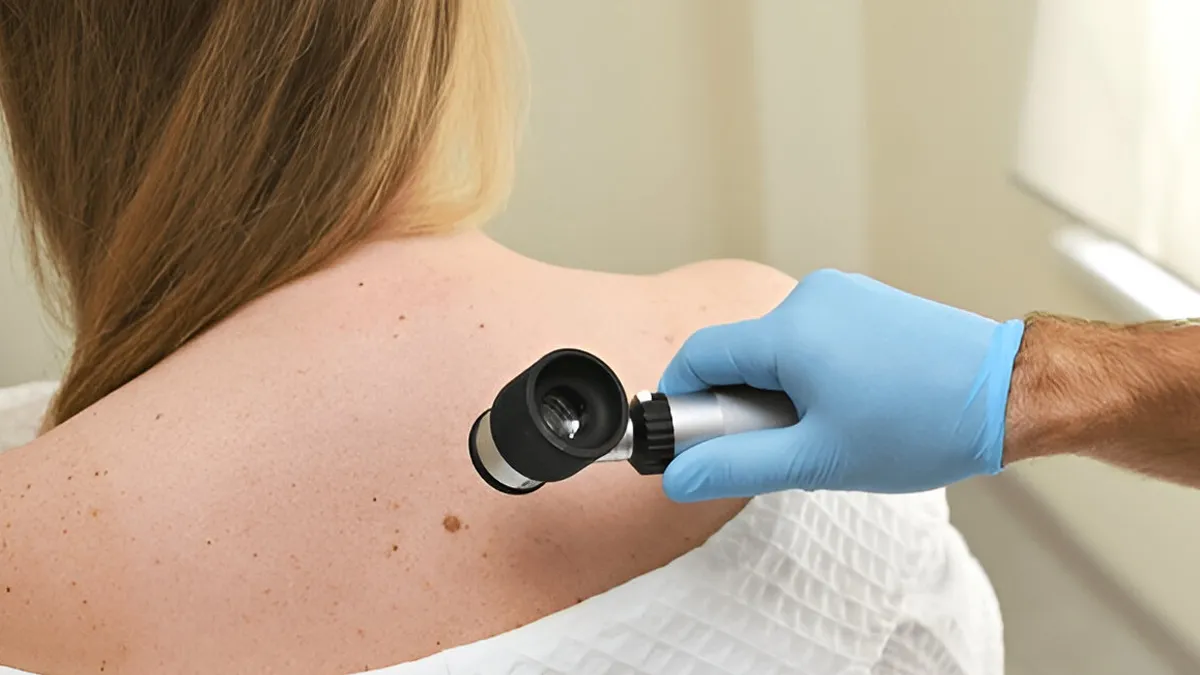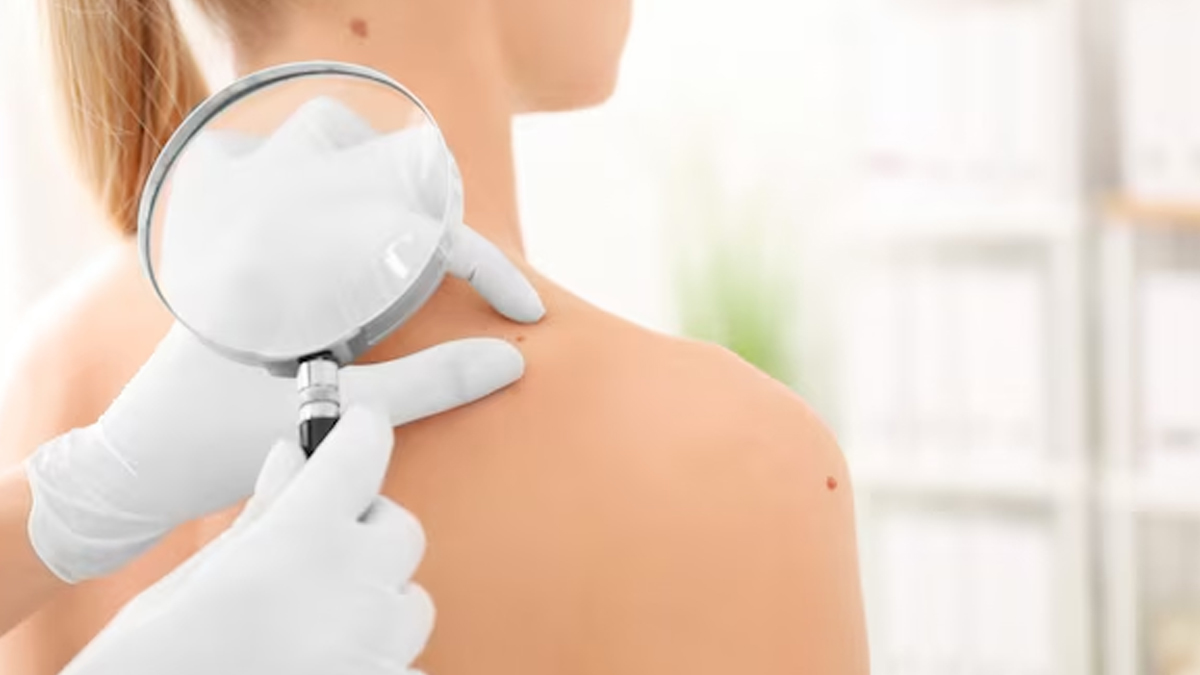
Having a mole on your body is rarely alarming. With age, moles may grow larger, but this is usually not a cause for concern. However, certain moles, especially those that look unusual or have distinct changes, can sometimes be a warning sign of skin cancer. This is when the ABCDE rule can come in handy to rule out or confirm the disease. Dr Priyanka Kuri, Consultant Dermatologist, Aster Whitefield Hospital, Bengaluru, explains in detail what the acronym means and how it helps spot skin cancer.
Table of Content:-
What Is The ABCDE Rule Of Spotting Skin Cancer Early?
"The ABCDE rule is an effective and established way to assist in the early detection of melanoma and other skin cancers. Each letter outlines a crucial feature to evaluate on the mole or skin lesion," explains Dr Kuri.
| Letter | Meaning |
What to Look For |
| A | Asymmetry | Uneven shape - One half of the mole does not match the other in shape or colour. Benign moles are usually symmetrical. |
| B | Border | Irregular edges - Cancerous moles may have jagged, irregular, or blurred edges, unlike the smooth borders of harmless moles. |
| C | Colour | Multiple colours - Benign moles usually have one colour. Watch for two or more colours (brown, black, tan, red, white, blue). |
| D | Diameter | Size matters - Moles larger than 6 mm (pencil eraser size) can be concerning, though some cancers may be smaller. |
| E | Evolving | Changes over time - Any change in size, shape, colour, or elevation, or new symptoms like itching, bleeding, or crusting. |
Is Skin Cancer Always Symptomatic?

According to Dr Kuri, skin cancer doesn't always have symptoms, especially in its early stages. "Most people believe that there has to be pain, bleeding, or some appearance or colour change for a lesion to be concerning. This is generally NOT the case. Skin cancer and its early lesions can develop nice and quietly, and a spot can appear completely normal for months or even years before it is recognised as malignant."
Thus, self-exams and skin exams performed by a physician are vital. Physicians who find skin cancers are often using a dermatoscope, essentially a magnifying tool that allows the clinician to see changes deeper in the skin. If the lesion looks atypical, then the physician will perform a skin biopsy to confirm the diagnosis.
Also Read: The Body Parts You May Miss While Applying Sunscreen
How To Prevent Skin Cancer

According to the World Cancer Research Fund (WCRF), skin cancer is the 17th most common cancer worldwide. It is the 14th most common cancer in men and the 14th most common cancer in women.
The good news is skin cancer is largely preventable. All it takes is a "blend of lifestyle options, guard and preventive measures," says Dr Kuri. These include:
- Wearing sun protection every day; applying a broad-spectrum sunscreen of 30 or greater SPF on all exposed skin daily
- Wearing protective clothing, including long-sleeved shirts, wide-brimmed hats, and UV-protective sunglasses
- Seeking the reverse of daylight between 10 a.m. and 4 p.m. since the UV rays from the sun are strongest then
- Steering clear of indoor tanning beds
- Taking regular skin checks, self-checks at home and professional checks every year
- Learning to recognise the shape and pattern of your own moles
- Not forgetting to look at high-risk areas we often forget: the scalp, lips, ears, palms of hands, soles of feet, and under your fingernails/toenails.
Conclusion
While most moles are harmless, paying attention to unusual changes is key to protecting your skin health. The ABCDE rule offers a simple, effective way to spot early warning signs of skin cancer, but it should always be paired with regular self-checks, sun protection, and professional skin exams. Early detection makes skin cancer highly treatable, so staying vigilant about even the smallest changes in your skin can make all the difference.
Also watch this video
Read Next
From a Sore to Something More, Catch Head & Neck Cancer Before It Grows: Kolkata Perspective
How we keep this article up to date:
We work with experts and keep a close eye on the latest in health and wellness. Whenever there is a new research or helpful information, we update our articles with accurate and useful advice.
Current Version
